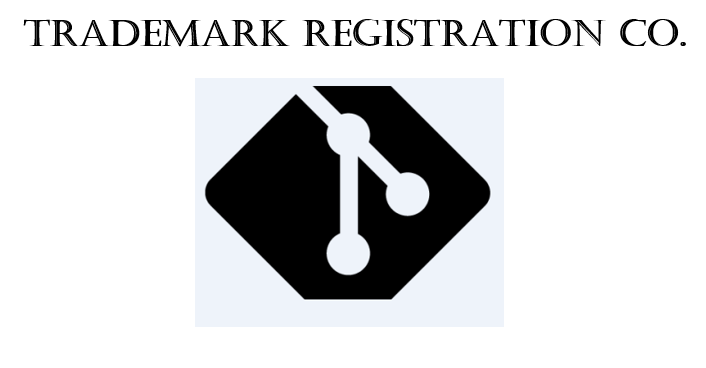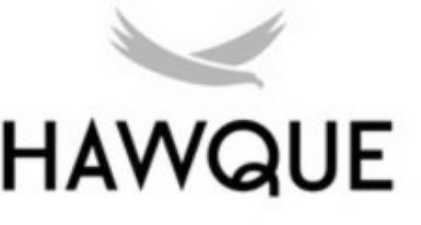When deciding whether to file for either a word mark or logo, it is important to keep in mind that a logo must always be used as it is depicted in your application. In addition, if you file your logo in a particular color in the US, you must always use your logo in that particular color.
On the other hand, word marks are somewhat more flexible. When filed in all capital letters, word marks allow the trademark owner to display it in any combination of lower case and upper case letters.
For example, if you filed for the word mark TRADEMARK ANGEL ROCKS, you can use it on your goods and/or services as: trademark angel rocks, Trademark Angel Rocks, or TraDeMaRk AnGeL RoCkS.
The flexibility of a word mark ultimately makes it quite appealing as it is not limited to a particular font or color and can be displayed in a combination of upper and lower-case letters.
However, filing for a logo can be more advantageous in some situations.
For example, if your mark is found to be descriptive of your goods/services or uses generic words, your mark will generally be limited to the Supplemental Register. A distinct logo, however, can “carry” the mark to the Principal Register despite the descriptive nature of your mark.
Let’s say you want to file for TRADEMARK REGISTRATION CO. for a company that offers trademark registration services. That’s a mark that is descriptive of the services offered, and will therefore would be limited to registration to the Supplemental Register. If this same mark was filed with a distinctive logo, for example:

Then, the logo could provide sufficient distinctiveness to allow registration of TRADEMARK REGISTRATION CO. onto the Principal Register (with a disclaimer for “TRADEMARK REGISTRATION CO.”).
Another situation when filing for a logo is advantageous is when there are similar marks. For example, a client wanted to register the mark HAWQUE with a design element of a flying hawk  – for computer software connecting customers to security contractors, in Class 9. We advised that the logo will most likely be registrable but the wordmark alone would be too similar to marks containing the word HAWK providing similar products in the same class. Although we received an office action alleging that the HAWQUE logo mark was confusingly similar to a registered wordmark, HAWQ, that also covered Class 9 computer software, we were ultimately able to overcome the objection. Our client’s logo, HAWQUE, was successfully registered soon after.
– for computer software connecting customers to security contractors, in Class 9. We advised that the logo will most likely be registrable but the wordmark alone would be too similar to marks containing the word HAWK providing similar products in the same class. Although we received an office action alleging that the HAWQUE logo mark was confusingly similar to a registered wordmark, HAWQ, that also covered Class 9 computer software, we were ultimately able to overcome the objection. Our client’s logo, HAWQUE, was successfully registered soon after.
In another case, a client wanted to register the mark ESTEEM APPAREL, either the word mark or the logo. However, in our initial search, we found a very similar, registered mark, ESTEEM CLOTHING. In this case, we advised that the logo would have a greater chance of registration. The client chose to file for the logo  instead of the word mark and, although we received a confusion objection based on similarity with ESTEAM and ESTEEM CLOTHING marks, we were able to successfully able to overcome the objection and the mark was successfully registered.
instead of the word mark and, although we received a confusion objection based on similarity with ESTEAM and ESTEEM CLOTHING marks, we were able to successfully able to overcome the objection and the mark was successfully registered.
Since the client protected the logo  , he now cannot use Esteem Apparel side by side, without the image, in a different font or in ALL CAPITAL letters: ESTEEM APPAREL. On the other hand, if word mark had been filed – ESTEEM APPAREL, he could have used it in ALL CAPITAL LETTERS, in any font, side by side or one word above the other. Logo makes the trademark inflexible and you should not be making even small changes in your use.
, he now cannot use Esteem Apparel side by side, without the image, in a different font or in ALL CAPITAL letters: ESTEEM APPAREL. On the other hand, if word mark had been filed – ESTEEM APPAREL, he could have used it in ALL CAPITAL LETTERS, in any font, side by side or one word above the other. Logo makes the trademark inflexible and you should not be making even small changes in your use.
In addition, in some cases, one has to file for a logo if the trademark is broken/separated by images or symbols. Please check our article that talks more about it.
Thus, as can be seen from the above examples, it is important to first determine if your mark is too descriptive to achieve registration in the Principal Register, and whether you intend to consistently display your logo on all of your products, prior to making a decision regarding whether to file for a word mark or a logo. Also, in case there are similar marks, filing for the logo may help to differentiate and ultimately achieve registration of your mark.

